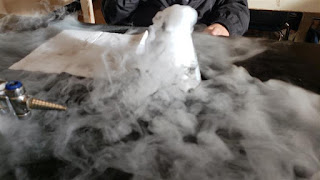Class itinerary: Different blocks will be going different dates.
Go to Science world. Here is how to get there from Nanaimo station
2-1 April 28, 2022, Thursday
Meet in front of Science world at 8:40 AM for attendance.
Walk along the false creek seawall and take pictures of the features mentioned in the video below.
Explore Habitat Island
Explore the sustainable wetland/playground. Photograph the plants and any animals you find.
Create a power point which includes your photos. Each powerpoint must include a photo of each member of your group somewhere in the presentation.
dismiss at 945 AM to go back to school
2-4 class April 29, Friday
Meet in front of Science world at 2pm for attendance.
Walk along the false creek seawall and take pictures of the features mentioned in the video below.
Explore Habitat Island
Explore the sustainable wetland/playground. Photograph the plants and any animals you find.
Create a power point which includes your photos. Each powerpoint must include a photo of each member of your group somewhere in the presentation.
dismiss on site at 2:50








